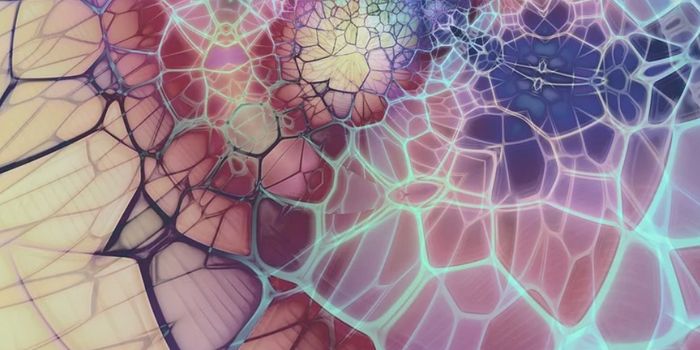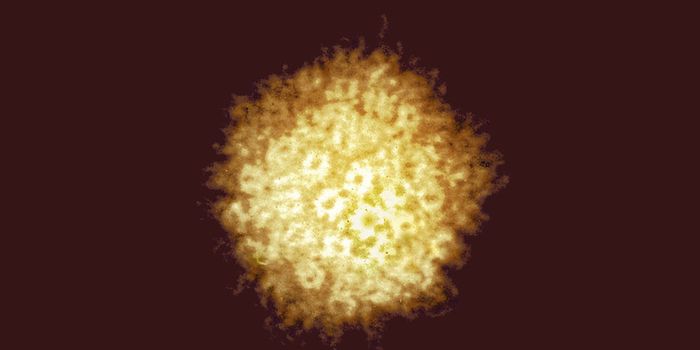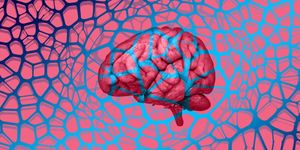A 'Junk DNA' Mutation That Prevents a Disease
Only around two percent of the human genome codes for proteins, and while those proteins carry out many important functions of the cell, the rest of the genome cannot be ignored. However, for decades after the discovery of DNA and how genes encode for proteins, scientists mostly disregarded the non-coding parts of the genome as 'junk.' But in recent years, advances in genetic and computational technologies have enabled researchers to reveal more about the functional importance of non-coding regions. Many of those functions are related to controlling the expression of coding regions. Scientists have now shown that specific mutations in a regulatory element found in non-coding DNA can protect people from a genetic disorder.
In this study, which was reported in Nature Communications, researchers found that some people carry mutations that would typically lead to a neurological disease known as autosomal dominant leukodystrophy (ADLD). But not everyone that carries this disease-causing mutation ends up with symptoms. People who carry this mutation, and also another one that arises in a gene silencer in non-coding DNA, do not develop ADLD.
"The function of gene silencers is only now being understood and in this case, it is allowing us to tell some patients who previously would have been given a fatal prognosis that they will not die of a cruel and debilitating disease," said senior author Quasar Padiath, M.B.B.S., Ph.D., professor and chair at the University of Pittsburgh School of Public Health Department of Human Genetics. "Our discovery also explains the mystery of why a gene duplication expressed in most cells of the body could result in a disease that only affects one type of cell."
ADLD is a rare and fatal genetic disease that affects a few thousand individuals worldwide, and arises when people carry an additional copy of a gene called lamin B1. This extra copy or duplication of lamina B leads to a loss of a insulation that wraps around neurons called the myelin sheath. ADLD patients have cognitive decline, muscle weakness, and seizures that usually start around age 40 to 50.
This study used a variety of tools including CRISPR gene editing to show that a silencer element in non-coding DNA can interact with lamina B1 to reduce its activity in specific cells called oligodendrocytes, which also generate myelin. But when lamina B1 is duplicated, demyelination happens. However, if the silencer is duplicated as well, then there are no symptoms.
"We have no way of knowing exactly how many people are walking around with this gene duplication, but don't know it because they also have the silencer duplication," noted Padiath. "We'd only find out if they happened to get genetic testing, potentially for reasons completely unrelated to concerns about ADLD, and the results flagged that they have the duplication."
This research may help people who find that they are carrying an extra copy of ADLD, and may expect to eventually develop the disease - they should also look for an extra copy of the silencer.
"Geneticists are only now starting to uncover the importance of junk DNA and reveal that it can directly influence the coding regions of the genome through silencing and enhancing actions," Padiath said.









